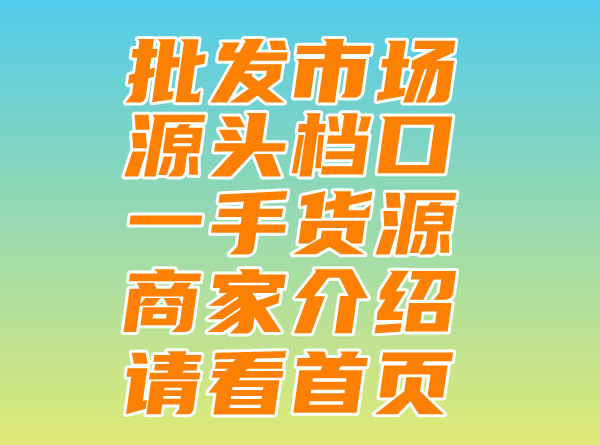Luxury Brand Replica: The World of High-End Imitations
Luxury Brand Replica: The World of High-End Imitations,
Luxury Brands and their Impact on High-End Imitation Goods
The world of luxury is thriving on exclusive designs and impeccable craftsmanship, attracting a niche market of affluent consumers who appreciate the finer things in life. However, with the rise of globalization and the internet, the line between genuine luxury goods and their imitations has become increasingly blurred.
The Phenomenon of Luxury Brands
Luxury brands, such as Louis Vuitton, Chanel, or Rolex, have long stood for status, quality, and uniqueness. Their products are often associated with a certain level of cultural cachet and social status, making them highly desirable even at high price points.
The success of these brands has led to a rise in popularity of high-end imitation goods—or “replicas”—that aim to replicate the luxuriousness of the original products at lower costs. While the market for genuine luxury goods continues to expand, the imitation market has also thrived, becoming a lucrative industry in itself.
This trend isn’t entirely new—imitation goods have existed for decades in various forms. However, with the advent of social media and online platforms, the market has become more transparent and accessible to both manufacturers and consumers.
On one hand, consumers can find extensive information about luxury brands on platforms like Instagram or YouTube where influencers often showcase the latest luxury goods and provide detailed reviews. This has led many consumers to seek out imitations that offer similar aesthetics and qualities at a lower price point.
On the other hand, manufacturers have taken advantage of this demand by creating meticulously crafted imitations that are almost identical to the original products. While some offer blatant copies with inferior quality materials, others provide “super replicas” that are so close to the original in terms of design and quality that they can often fool even experienced luxury shoppers.
Impact on Luxury Brands and Consumers
The rise of high-end imitation goods has had mixed impacts on luxury brands and their consumers.
For luxury brands, it creates a challenge in maintaining brand integrity and preserving their exclusive status. While some consumers appreciate the authenticity and uniqueness of genuine luxury goods, others are attracted to the affordability of imitations.
For consumers, high-end imitations provide an alternative for those who admire luxury goods but might not be able to afford them. It allows them to enjoy a certain level of luxury without breaking their budget.
However, there are also risks involved. Buying imitations can sometimes lead to poor quality products that don’t hold up over time or may even pose safety risks. Additionally, some consumers may face issues of authenticity as some imitations are so convincing that they can be difficult to distinguish from genuine products.
In conclusion, while high-end imitation goods continue to grow in popularity, the importance of authenticity and quality remains paramount for both luxury brands and their consumers.

- 男士奢侈仿品图片大全集:时尚款式一网打尽。
- Luxury Goods Fine Copy in Wenzhou: The Art of Replication 这个标题简洁明了地描述了温州精仿奢侈品的主题,突出了“精仿”这一关键特征。
- Fake Luxury Bags: The Copycat Phenomenon 这个标题简洁明了,准确地涵盖了关键词“仿假奢侈品包包”,并且遵循了字符限制要求。
- FB Fake Luxury Goods Sales: The Ultimate Guide 这个标题简洁明了,直接点明了主题。同时请注意网络社交平台的名字通常是大小写混合使用的,这里遵循的是大写字母开头的约定俗成的规范。
- Luxury Replica Advertising: Unveiling the Ultimate Guide to Premium Imitations
- What Luxury Goods Are Easy to Fake?
- Luxury Replica Sellers: The New Frontier of High-End Imitation Goods
- International Luxury Kidswear Brand Knockoffs


